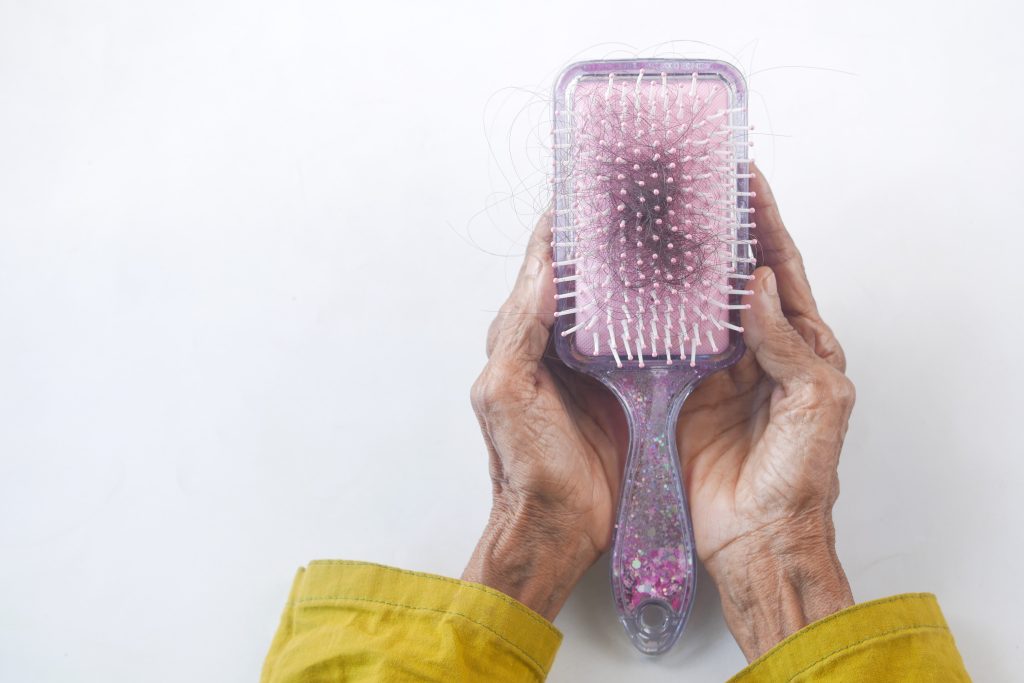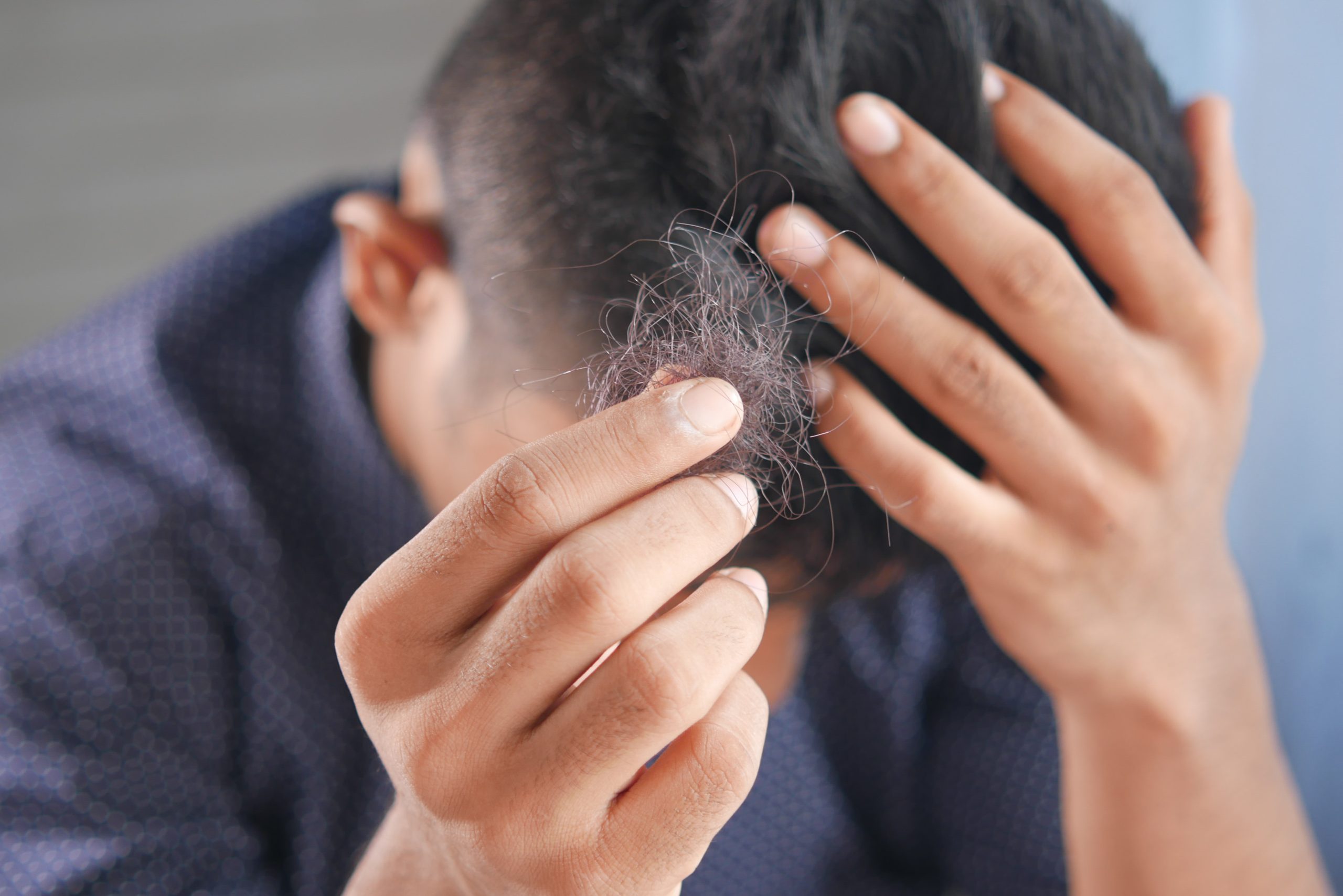Introduction
Hair loss can be a distressing experience for both men and women, impacting self-esteem and confidence. While there are various treatment options available, one approach gaining significant attention in recent years is Platelet-Rich Plasma (PRP) therapy. If you’re looking for a viable solution to hair loss, the answer may lie in the power of platelet-rich plasma (PRP) therapy. We know what you’re thinking: “PRP? That sounds complicated.” And it can be. But we have all the answers to your questions about PRP below in our comprehensive guide. This cutting-edge procedure utilizes the body’s natural healing properties to promote hair growth. In this blog post, we will delve into the world of PRP treatment for hair loss, exploring its effectiveness, procedure, benefits, and considerations.
Understanding Hair Loss
To fully appreciate the significance of PRP treatment, it’s essential to understand the causes of hair loss. Hair loss can be attributed to multiple factors, including genetics, hormonal imbalances, nutritional deficiencies, stress, and certain medical conditions. By targeting these underlying causes, PRP therapy offers a holistic approach to hair restoration.

What is PRP Treatment?
PRP, or platelet-rich plasma, is a treatment that uses your own blood to increase hair growth. PRP is derived from your own blood and contains platelets, which are involved in healing and tissue repair. It can be used to treat hair loss and other medical conditions such as acne scarring, stretch marks and burns.
PRP has been around since the 1990s but only recently has become more popular thanks to celebrities like Jennifer Aniston who have admitted using it on their faces or bodies (though we don’t recommend this).
PRP treatment involves extracting a small sample of the patient’s blood, processing it to concentrate the platelets, and injecting the platelet-rich plasma back into the scalp. Platelets contain growth factors and other bioactive substances that stimulate hair follicles, promoting hair growth and improving the overall quality of existing hair.
How Does ProPlate Work?
PRP is a natural treatment that uses the patient’s own blood and platelets to stimulate their body’s own healing process. PRP has been used in medicine for more than 30 years, but it wasn’t until recently that people began using the technique for cosmetic purposes.
In this way, PRP can be thought of as an “internal superfood” because it provides many benefits beyond just hair growth: increased energy levels, reduced inflammation (especially in joints), improved skin tone and texture – even enhanced mental clarity!
The Procedure:
PRP therapy typically involves the following steps:
- Consultation: The first step is a thorough consultation with a qualified medical professional who specializes in hair restoration. They will assess your hair loss condition, medical history, and expectations to determine if PRP treatment is suitable for you.
- Blood Extraction: A small amount of blood (typically 20-60ml) is drawn from your arm and placed in a specialized centrifuge machine.
- Centrifugation: The machine spins the blood sample at high speed, separating the platelet-rich plasma from other components of the blood.
- Injection: The concentrated PRP is carefully injected into targeted areas of the scalp using a fine needle. Local anesthesia may be used to minimize any discomfort.
- Post-Treatment Care: The medical professional will provide instructions on aftercare, including any necessary precautions or restrictions.
Benefits of PRP Treatment
- Stimulated Hair Growth: PRP therapy stimulates hair follicles, promoting new hair growth and increasing the thickness and density of existing hair.
- Non-Invasive and Safe: As PRP treatment utilizes the patient’s blood, there is minimal risk of allergic reactions or adverse side effects.
- Natural and Long-lasting Results: PRP therapy harnesses the body’s natural healing mechanisms, resulting in natural-looking and long-lasting hair growth.
- Versatility: PRP treatment can be combined with other hair restoration techniques, such as hair transplants, to enhance overall results.
Considerations and Limitations
- Treatment Duration: PRP therapy typically involves multiple sessions spaced several weeks apart, with visible results becoming noticeable after a few months.
- Individual Response: The effectiveness of PRP treatment can vary from person to person. Factors such as age, overall health, and the severity of hair loss can influence outcomes.
- Complementary Approaches: In some cases, combining PRP treatment with other therapies, such as topical medications or laser therapy, may yield enhanced results.
- Maintenance: To sustain the benefits of PRP therapy, periodic maintenance sessions may be recommended.
PRP therapy may offer a viable solution for hair loss
PRP is a non-surgical treatment that uses your own blood to promote hair growth, and it’s been shown to be effective in treating alopecia areata, male pattern baldness (MPB), and female pattern hair loss (FPHL).
While PRP therapy won’t cure your condition on its own–you’ll still need to follow up with other treatments like minoxidil or finasteride if you want to maintain the results–it can help regrow some of the lost follicles in your scalp by reactivating dormant ones.

Conclusion
PRP treatment offers a promising solution for individuals struggling with hair loss. Its ability to stimulate natural hair growth, combined with its non-invasive nature and long-lasting results, makes it an appealing option for many. While results may vary, consulting with a qualified professional can help determine whether PRP therapy is suitable for your specific needs. Embrace the power of PRP treatment and take a step towards restoring your confidence and reclaiming a fuller head of hair.
